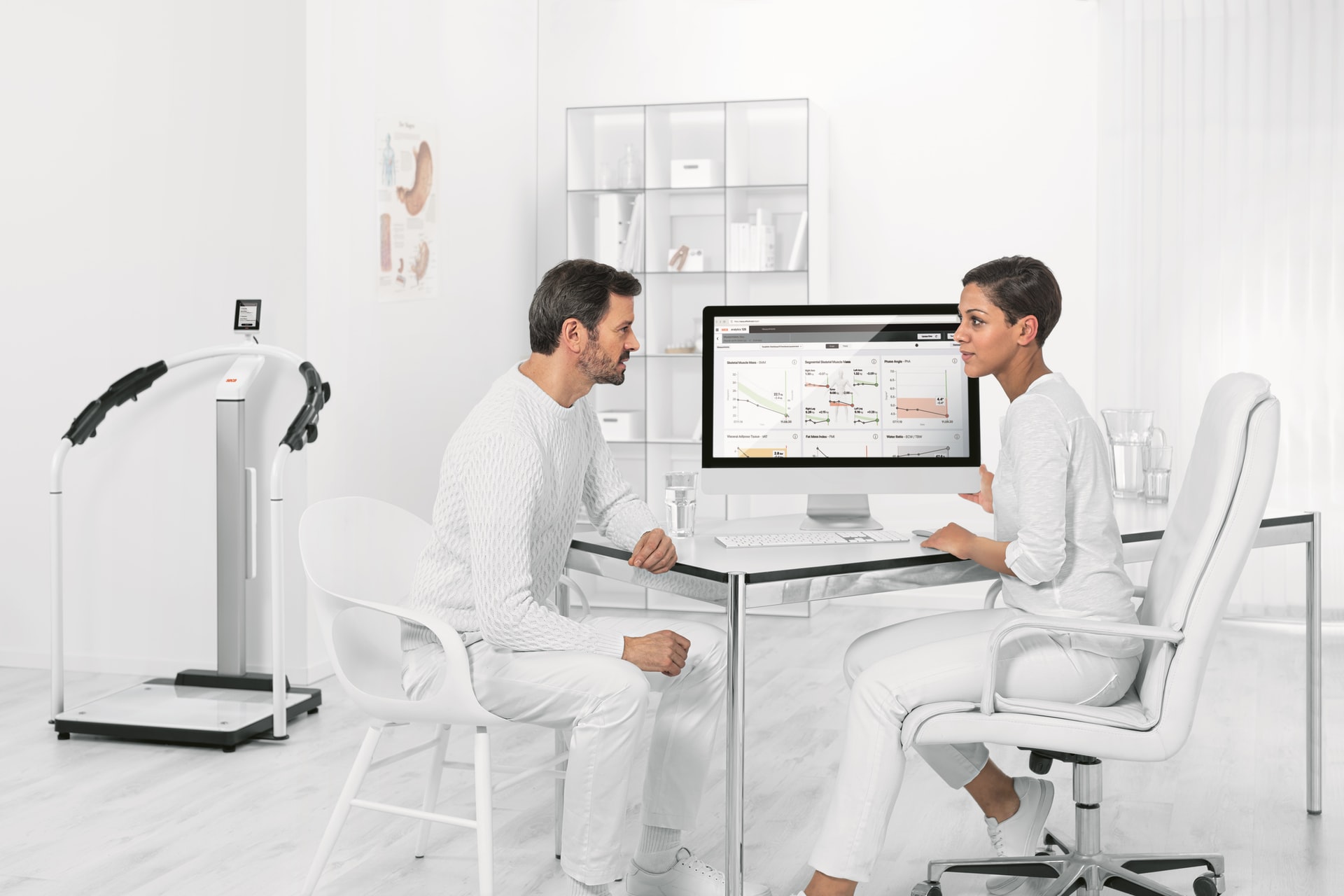Healthcare is changing fast. Doctors now use software to improve care, reduce errors, and manage their time. Every medical field has different needs. Internal medicine, mental health, and oncology each face their own challenges. General software often cannot meet these needs. That is why more clinics are now choosing tools made for their specific work.

Internal medicine doctors care for many types of patients. They treat short-term and long-term illnesses. They manage conditions like high blood pressure, diabetes, and asthma. Each case may need lab results, prescription tracking, and follow-up alerts. A standard system may not do enough. Internal Medicine EHR systems help providers manage this wide range of care.
Chronic Care Needs Careful Tracking
Internal medicine often involves regular checkups. Doctors need to follow blood work, medication use, and patient habits. EHR systems that track trends over time support this work. The software also sends reminders for missed visits or tests. This helps doctors act before small problems get worse.
Paper charts can slow down care. They are hard to read and easy to lose. A digital EHR offers faster access to information. It allows doctors to search for records, view graphs, and make notes quickly. These tools help reduce errors and save time.
Mental Health Clinics Have Different Needs
Mental health care often involves weekly or monthly sessions. These visits focus on talk therapy, medication, or both. Notes must be clear and private. Scheduling must be flexible. That is why many providers choose mental health practice management software that matches their workflow.
Each session builds on the last. Providers must record goals, responses, and treatment plans. Specialized mental health software allows secure, detailed note-taking. It also keeps records private and accessible only to approved users.
Appointments Must Be Easy to Change
Mental health patients often reschedule or cancel visits. Software made for this field makes it easy to update the schedule. Many platforms send reminders or allow online booking. These features help reduce missed visits and improve care.
Mental health billing uses its own codes and structures. A general billing system might not include these options. Practice management software for mental health includes templates and forms made for this work. It also alerts staff to errors before claims are sent.
Oncology Needs Deep Integration of Records and Billing
Cancer care is long and complex. Patients may need scans, lab work, surgery, and medication. Every step must be tracked and billed correctly. Oncology clinics now use Oncology Practice Management Software to help manage these many parts.
Each patient has a treatment plan. This includes what medication is given, how often, and in what amount. The software helps staff follow this plan. It shows when the next treatment is due. It also tracks any changes.
Oncology Software Protects Revenue
Mistakes in billing can cost thousands of dollars. Oncology software alerts staff to missing forms, incorrect codes, or expired authorizations. These tools help practices submit clean claims the first time. This reduces payment delays and improves cash flow.
Oncology care often needs pre-approval from insurance companies. The software helps staff track these approvals and submit needed forms. It also sends alerts before deadlines pass. This prevents delays in treatment.
Internal Medicine Doctors Benefit from Templates
Templates save time during visits. Doctors choose a template that matches the visit type. They add notes and update the plan with fewer clicks. This keeps visits moving and reduces time spent on documentation.
Patients want to know their results and next steps. Internal medicine EHR systems offer patient portals. These tools allow patients to view test results, message their doctor, and schedule visits. This builds trust and keeps patients engaged.
Mental Health Platforms Support Telehealth
Many mental health visits now happen online. Mental health software includes telehealth tools. These are secure and easy to use. Patients can meet with their provider from home. This reduces travel and improves access to care.
Oncology Requires Real-Time Lab Integration
Cancer patients often need lab work before each visit. Software that links to lab systems shows results in real time. This helps doctors make fast decisions. It also keeps care on schedule, which is vital in cancer treatment.
The Office of the National Coordinator for Health Information Technology promotes digital tools in healthcare. It provides guides and incentives for clinics to adopt certified EHR systems. These tools help improve outcomes and reduce medical errors.
The World Health Organization says medication errors are a major cause of harm. EHR systems show drug interactions and allergies. They also guide doctors with dose checks. These steps reduce the risk of mistakes.

Cancer Institutes Recommend Digital Planning Tools
The American Society of Clinical Oncology recommends software to manage cancer care. They support digital treatment plans and real-time updates. These tools improve care and reduce administrative stress.
All three specialties benefit from automation. This includes reminders, billing, lab tracking, and note templates. Less manual work means fewer errors and more time with patients. Automation also makes training new staff easier.
Missed charges or late claims can hurt revenue. Specialty software includes reports that show trends and errors. Clinics can fix problems early. This improves revenue and avoids stress.
Choosing the Right Tool Means Long-Term Success
Not all systems are the same. Some are too broad. Others lack the features a clinic really needs. Choosing a tool made for your field brings better results. This includes more accurate records, fewer mistakes, and faster payments.
Specialty Software Supports Better Care
Each medical field has its own demands. Internal medicine handles complex, ongoing care. Mental health focuses on privacy and progress tracking. Oncology manages long, detailed treatment plans. Clinics in each area benefit from using software built for their work. Internal Medicine EHR systems manage broad care needs. Mental health practice management software keeps records private and visits organized. Oncology Practice Management Software helps clinics track treatment, billing, and authorizations. The right tools protect revenue, improve patient care, and reduce staff stress. Now is the time to invest in better systems.


















